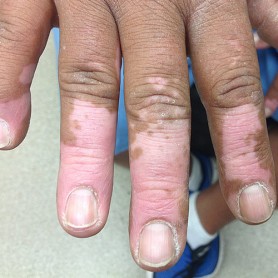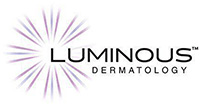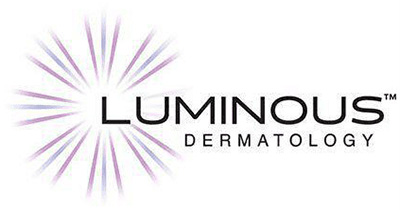About Vein Treatments
What are they?
We understand that prominent veins on your face, hands, or legs can affect you, both physically and psychologically. That’s why we offer various vein treatment options to eliminate unwanted veins and rejuvenate your appearance with clearer, healthier-looking skin. Varicose veins and spider veins are unsightly veins that develop due to trauma, heredity, overexposure to the sun, obesity, changes in hormone activity, problems with circulation, and more. On the legs, they can be unsightly and painful, while on the face they can cause you to be self-conscious about your appearance. Vein treatment involves therapies that eliminate veins by destroying them and then flushing them from your body.
What to expect
Our vein specialists utilize the following vein treatment options: sclerotherapy – the use of a solution that destroys veins before your body naturally flushes them from your system; IPL (Intense Pulsed Laser) therapy – gently dissolves troublesome veins with broadband light; PDL (Pulsed Dye Laser) therapy – safely erases unsightly veins with a dyed laser; and laser therapy – various types of minimally-invasive lasers that dissolve the targeted veins. Whichever therapy is used to eliminate facial or leg veins, you should expect to have clearer, smoother, less painful, and healthier-looking skin, but the overall number of treatments required depends on the extent of your vein issue and the therapy chosen.
After the procedure
Side effects vary from treatment to treatment, but some patients may experience mild and temporary side effects that include swelling, redness, itching, and tenderness. Most side effects subside within 10-14 days after treatment.
Providers
Our approach & expertise
Our dermatologists have the skill and experience necessary to perform a vein treatment that meets your aesthetic goals. What separates us from other practices is that we focus on you as a person, so we will tailor treatment to suit your unique case. Our compassionate practitioners will address your concerns and answer any questions to ensure your ease of mind.



